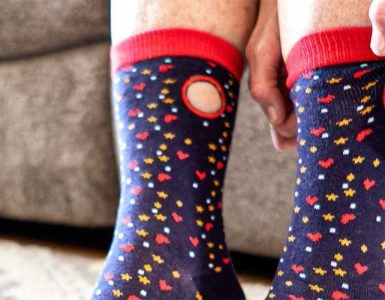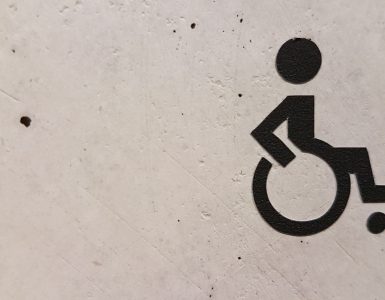New assistive technology is making sports that require players to stand, like golf, more accessible to people with disabilities. The Paramobile, a motorized wheelchair, allows people who cannot stand on their own to participate in standing sports by helping them to stand in a secure position.
In 1994, golfer Anthony Netto was on his way to a golf tournament in South Africa when a horrific accident left him paraplegic.
Netto, a veteran of the Gulf War while serving in the South African National Defense, wanted to return to playing golf. But sitting in a wheelchair didn’t allow him to play the way he remembered. Navigating over uneven, grassy terrain and swinging from a seated position were obstacles he, and other golfers in wheelchairs, wanted to overcome.
An estimated 20 percent of Americans have a disability, according to the American Physical Therapy Association. The most prevalent disability is ambulatory, impairing one’s ability to walk.
Adaptive sports often help people with disabilities remain healthy, or serve as a therapeutic outlet. But a main feature of standing sports is the physical exercise and health benefits they provide, which were previously out of reach for people using wheelchairs.
Because standing helps stimulate the metabolism and increases blood flow, health benefits that people in wheelchairs often lack, Netto wanted to give that ability back to people like himself. After becoming paraplegic, Netto co-invented a revolutionary assistive wheelchair that would allow him to stand and play golf again.
Originally designed for golfers with disabilities, the Paramobile, through Netto’s Stand Up and Play Foundation, can be customized for use in other sports and leisure activities such as archery and fishing.
The battery-powered wheelchair transverses all terrains, including sand pits and grassy greens, and climbs hills up to a 30-degree upward angle, or a 17-degree sideways angle. A built-in safety feature allows the Paramobile to automatically pivot back to a safer position when pushed beyond these limits, giving the user peace of mind.
Provided through the Stand Up and Play Foundation, the cost is about $25,000.


























I am a leg amputee and am unable to use my prosthesis. I also have a damaged knee on my good leg which gives me limited ability to move around. I played golf for 50+ years prior to my blood infection caused me to lose my leg. I am a veteran and would love to play again. I am on a limited income. What do you have to offer?